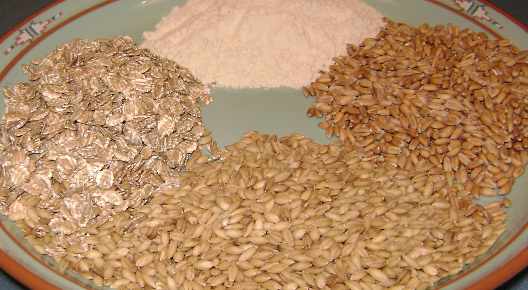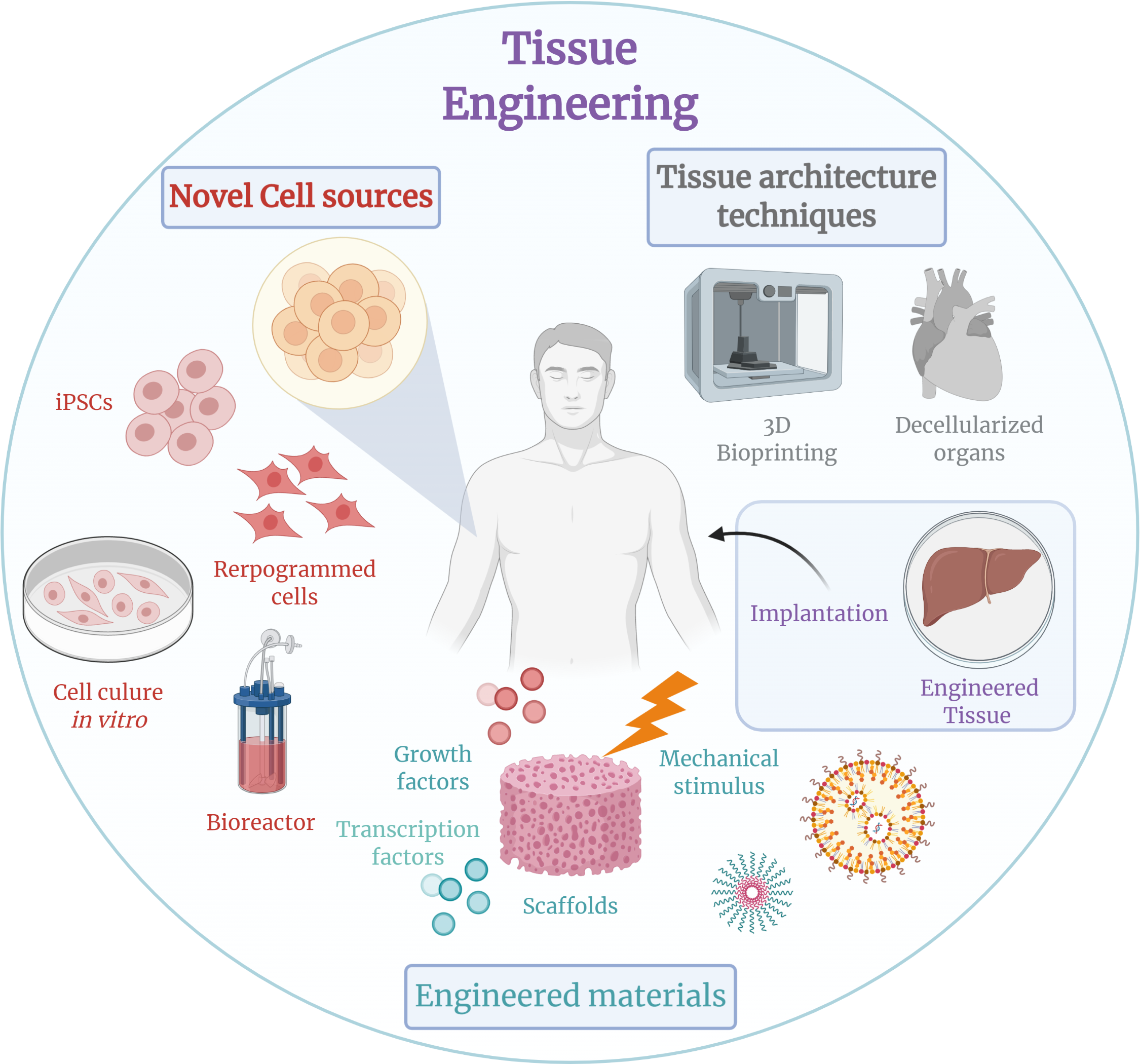|
Xanthan Gum
Xanthan gum () is a polysaccharide with many industrial uses, including as a common food additive. It is an effective thickening agent and stabilizer that prevents ingredients from separating. It can be produced from simple sugars by fermentation and derives its name from the species of bacteria used, '' Xanthomonas campestris''. History Xanthan gum was discovered by Allene Rosalind Jeanes and her research team at the United States Department of Agriculture and brought into commercial production by CP Kelco in the early 1960s under the trade name Kelzan, remaining the only manufacturer in the US. It was approved for use in foods in 1968 and is accepted as a safe food additive in the US, Canada, European countries, and many other countries, with E number E415 and CAS number 11138-66-2. Xanthan gum derives its name from the species of bacteria used during the fermentation process, '' Xanthomonas campestris''. Uses The addition of 1% xanthan gum can produce a significant incr ... [...More Info...] [...Related Items...] OR: [Wikipedia] [Google] [Baidu] |
Polysaccharide
Polysaccharides (), or polycarbohydrates, are the most abundant carbohydrates found in food. They are long-chain polymeric carbohydrates composed of monosaccharide units bound together by glycosidic linkages. This carbohydrate can react with water (hydrolysis) using amylase enzymes as catalyst, which produces constituent sugars (monosaccharides or oligosaccharides). They range in structure from linear to highly branched. Examples include storage polysaccharides such as starch, glycogen and galactogen and structural polysaccharides such as hemicellulose and chitin. Polysaccharides are often quite heterogeneous, containing slight modifications of the repeating unit. Depending on the structure, these macromolecules can have distinct properties from their monosaccharide building blocks. They may be amorphous or even insoluble in water. When all the monosaccharides in a polysaccharide are the same type, the polysaccharide is called a homopolysaccharide or homoglycan, but when more t ... [...More Info...] [...Related Items...] OR: [Wikipedia] [Google] [Baidu] |
Gluten
Gluten is a structural protein naturally found in certain Cereal, cereal grains. The term ''gluten'' usually refers to the elastic network of a wheat grain's proteins, gliadin and glutenin primarily, that forms readily with the addition of water and often kneading in the case of bread dough. The types of grains that contain gluten include all species of wheat (common wheat, durum, spelt, Khorasan wheat, khorasan, emmer, and Einkorn wheat, einkorn), and barley, rye, and some cultivars of oat; moreover, cross hybrids of any of these cereal grains also contain gluten, e.g. triticale. Gluten makes up 75–85% of the total protein in Common wheat, bread wheat. Glutens, especially Triticeae glutens, have unique viscoelasticity, viscoelastic and Adhesion, adhesive properties, which give dough its elasticity, helping it Proofing (baking technique), rise and keep its shape and often leaving the final product with a chewy texture. These properties, and its relatively low cost, make gluten v ... [...More Info...] [...Related Items...] OR: [Wikipedia] [Google] [Baidu] |
Thiomer
Thiolated polymers designated thiomers are functional polymers used in biotechnology product development with the intention to prolong mucosal drug residence time and to enhance absorption of drugs. The name thiomer was coined by Andreas Bernkop-Schnürch in 2000. Thiomers have thiol bearing side chains. Sulfhydryl ligands of low molecular mass are covalently bound to a polymeric backbone consisting of mainly biodegradable polymers, such as chitosan, hyaluronic acid, cellulose derivatives, pullulan, starch, gelatin, polyacrylates, cyclodextrins, or silicones. Thiomers exhibit properties potentially useful for non-invasive drug delivery via oral, ocular, nasal, vesical, Buccal administration, buccal and vaginal routes. Thiomers show also potential in the field of tissue engineering and regenerative medicine. Various thiomers such as thiolated chitosan and thiolated hyaluronic acid are commercialy available as scaffold materials. Thiomers can be directly compressed to tablets or give ... [...More Info...] [...Related Items...] OR: [Wikipedia] [Google] [Baidu] |
Three-dimensional Space
In geometry, a three-dimensional space (3D space, 3-space or, rarely, tri-dimensional space) is a mathematical space in which three values ('' coordinates'') are required to determine the position of a point. Most commonly, it is the three-dimensional Euclidean space, that is, the Euclidean space of dimension three, which models physical space. More general three-dimensional spaces are called '' 3-manifolds''. The term may also refer colloquially to a subset of space, a ''three-dimensional region'' (or 3D domain), a '' solid figure''. Technically, a tuple of numbers can be understood as the Cartesian coordinates of a location in a -dimensional Euclidean space. The set of these -tuples is commonly denoted \R^n, and can be identified to the pair formed by a -dimensional Euclidean space and a Cartesian coordinate system. When , this space is called the three-dimensional Euclidean space (or simply "Euclidean space" when the context is clear). In classical physics, it serve ... [...More Info...] [...Related Items...] OR: [Wikipedia] [Google] [Baidu] |
Tissue Engineering
Tissue engineering is a biomedical engineering discipline that uses a combination of cells, engineering, materials methods, and suitable biochemical and physicochemical factors to restore, maintain, improve, or replace different types of biological tissues. Tissue engineering often involves the use of cells placed on tissue scaffolds in the formation of new viable tissue for a medical purpose, but is not limited to applications involving cells and tissue scaffolds. While it was once categorized as a sub-field of biomaterials, having grown in scope and importance, it can be considered as a field of its own. While most definitions of tissue engineering cover a broad range of applications, in practice, the term is closely associated with applications that repair or replace portions of or whole tissues (i.e. organs, bone, cartilage, blood vessels, bladder, skin, muscle etc.). Often, the tissues involved require certain mechanical and structural properties for proper functioning. ... [...More Info...] [...Related Items...] OR: [Wikipedia] [Google] [Baidu] |
Hydrogel
A hydrogel is a Phase (matter), biphasic material, a mixture of Porosity, porous and Permeation, permeable solids and at least 10% of water or other interstitial fluid. The solid phase is a water Solubility, insoluble three dimensional network of polymers, having absorbed a large amount of water or biological fluids. Hydrogels have several applications, especially in the biomedical area, such as in hydrogel dressing. Many hydrogels are synthetic, but some are derived from natural materials. The term "hydrogel" was coined in 1894. Chemistry Classification The crosslinks which bond the polymers of a hydrogel fall under two general categories: physical hydrogels and chemical hydrogels. Chemical hydrogels have Covalent bond, covalent cross-linking bonds, whereas physical hydrogels have non-covalent bonds. Chemical hydrogels can result in strong reversible or irreversible gels due to the covalent bonding. Chemical hydrogels that contain reversible covalent cross-linking bonds, ... [...More Info...] [...Related Items...] OR: [Wikipedia] [Google] [Baidu] |
Tissue Engineering
Tissue engineering is a biomedical engineering discipline that uses a combination of cells, engineering, materials methods, and suitable biochemical and physicochemical factors to restore, maintain, improve, or replace different types of biological tissues. Tissue engineering often involves the use of cells placed on tissue scaffolds in the formation of new viable tissue for a medical purpose, but is not limited to applications involving cells and tissue scaffolds. While it was once categorized as a sub-field of biomaterials, having grown in scope and importance, it can be considered as a field of its own. While most definitions of tissue engineering cover a broad range of applications, in practice, the term is closely associated with applications that repair or replace portions of or whole tissues (i.e. organs, bone, cartilage, blood vessels, bladder, skin, muscle etc.). Often, the tissues involved require certain mechanical and structural properties for proper functioning. ... [...More Info...] [...Related Items...] OR: [Wikipedia] [Google] [Baidu] |
Coalescence (chemistry)
In chemistry, coalescence is a Chemical process, process in which two phase domains of the same composition come together and form a larger phase domain. In other words, the process by which two or more separate masses of miscible substances seem to "pull" each other together should they make the slightest contact. References External links IUPAC Gold Book Physical chemistry {{physical-chemistry-stub ... [...More Info...] [...Related Items...] OR: [Wikipedia] [Google] [Baidu] |
Cosmetics
Cosmetics are substances that are intended for application to the body for cleansing, beautifying, promoting attractiveness, or altering appearance. They are mixtures of chemical compounds derived from either Natural product, natural sources or created synthetically. Cosmetics have various purposes, including personal care, personal and skin care. They can also be used to conceal blemishes and enhance natural features (such as the eyebrows and eyelashes). Makeup can also add colour to a person's face, enhance a person's features or change the appearance of the face entirely to resemble a different person, creature, or object. People have used cosmetics for thousands of years for skin care and appearance enhancement. Visible cosmetics for both women and men have gone in and out of fashion over the centuries. Some early forms of cosmetics contained harmful ingredients such as lead that caused serious health problems and sometimes resulted in death. Modern commercial cosmetic ... [...More Info...] [...Related Items...] OR: [Wikipedia] [Google] [Baidu] |
Washout (erosion)
A washout is the sudden erosion of soft soil or other support surfaces by a gush of water, usually occurring during a heavy downpour of rain (a flash flood) or other stream flooding. These downpours may occur locally in a thunderstorm or over a large area, such as following the landfall of a tropical cyclone. If a washout occurs in a crater-like formation, it is called a sinkhole, and it usually involves a leaking or broken water main or sewerage pipes. Other types of sinkholes, such as collapsed caves, are not washouts. Widespread washouts can occur in mountainous areas after heavy rains, even in normally dry ravines. A severe washout can become a landslide, or cause a dam break in an earthen dam. Like other forms of erosion, most washouts can be prevented by vegetation whose roots hold the soil and/or slow the flow of surface and underground water. Deforestation increases the risk of washouts. Retaining walls and culverts may be used to try to prevent washouts, although p ... [...More Info...] [...Related Items...] OR: [Wikipedia] [Google] [Baidu] |
Concrete
Concrete is a composite material composed of aggregate bound together with a fluid cement that cures to a solid over time. It is the second-most-used substance (after water), the most–widely used building material, and the most-manufactured material in the world. When aggregate is mixed with dry Portland cement and water, the mixture forms a fluid slurry that can be poured and molded into shape. The cement reacts with the water through a process called hydration, which hardens it after several hours to form a solid matrix that binds the materials together into a durable stone-like material with various uses. This time allows concrete to not only be cast in forms, but also to have a variety of tooled processes performed. The hydration process is exothermic, which means that ambient temperature plays a significant role in how long it takes concrete to set. Often, additives (such as pozzolans or superplasticizers) are included in the mixture to improve the physical prop ... [...More Info...] [...Related Items...] OR: [Wikipedia] [Google] [Baidu] |





